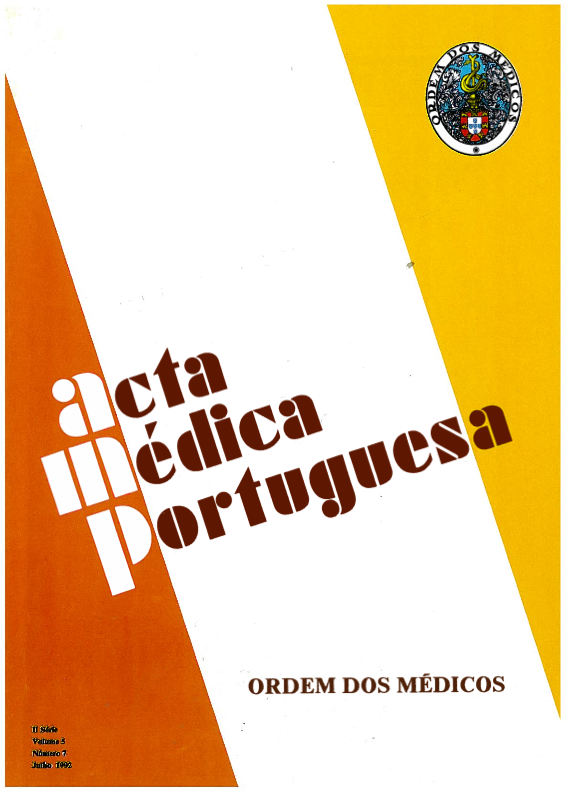Skin pathology in kidney transplant recipients.
DOI:
https://doi.org/10.20344/amp.3268Abstract
Since 1990, 82 unselected renal allograft recipients were evaluated in order to establish the incidence of cutaneous disorders. This pathology was related to the period of immunosuppression according to time of transplantation: 0-3 months; 3-12 months; 12-36 months and beyond 36 months. Most of them were on triple immunosuppression (cyclosporine A, azathioprine and prednisone)--(51); Twenty-two also associated anti-timocyte globulin five days after transplantation; 7 were on Azathioprine and Prednisone and two of them associated Cyclosporine with Prednisone. Iatrogenic manifestations were the most common (80.5%) followed by infections in 63.4% and pre-malignant and malignant cutaneous lesions in 13.4%, other types of manifestations were found in 20.7% of patients. A significant incidence of pre-malignant and malignant lesions confirms other reports, making a dermatological surveillance advisable.Downloads
Downloads
How to Cite
Issue
Section
License
All the articles published in the AMP are open access and comply with the requirements of funding agencies or academic institutions. The AMP is governed by the terms of the Creative Commons ‘Attribution – Non-Commercial Use - (CC-BY-NC)’ license, regarding the use by third parties.
It is the author’s responsibility to obtain approval for the reproduction of figures, tables, etc. from other publications.
Upon acceptance of an article for publication, the authors will be asked to complete the ICMJE “Copyright Liability and Copyright Sharing Statement “(http://www.actamedicaportuguesa.com/info/AMP-NormasPublicacao.pdf) and the “Declaration of Potential Conflicts of Interest” (http:// www.icmje.org/conflicts-of-interest). An e-mail will be sent to the corresponding author to acknowledge receipt of the manuscript.
After publication, the authors are authorised to make their articles available in repositories of their institutions of origin, as long as they always mention where they were published and according to the Creative Commons license.









